If you are looking at the Top 10 Common Varieties of Euphorbia Plants this article help you.
Introduction
Euphorbia plants are a diverse and fascinating group of plants that can add beauty and interest to any garden or indoor space. From their striking architectural forms to their wide range of colors and textures, there’s something for everyone to love about Euphorbia. In this article, we’ll take a closer look at the top 10 common varieties of Euphorbia plants, exploring their unique characteristics and how to care for them.
Table of Contents
Type of Euphorbia Plants
1. Understanding Euphorbia Plants
Euphorbia plants, commonly known as spurge, belong to the genus Euphorbia, which includes around 2000 species. They are native to many parts of the world, from Africa to the Americas, and come in various shapes, sizes, and forms.
2. Euphorbia Trigona (African Milk Tree)
Euphorbia Trigona, also called the African Milk Tree, is a tall, branching succulent with three-sided stems. It’s known for its striking silhouette and can grow up to 6 feet tall indoors.
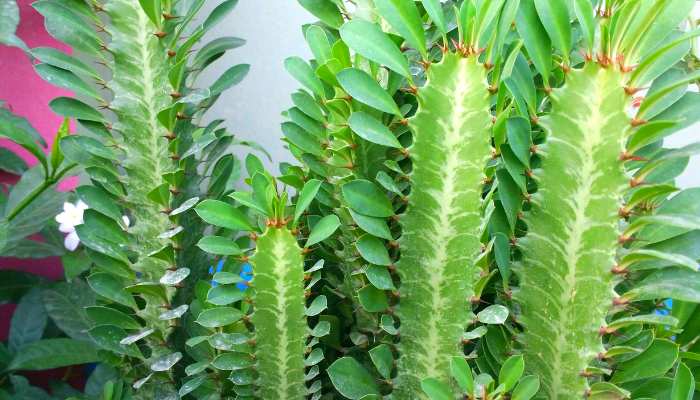
3. Euphorbia Lactea (Dragon Bones)
Euphorbia Lactea, commonly referred to as Dragon Bones, is a unique-looking succulent with gray-green stems marked with white or pinkish ridges. It resembles the bones of a dragon, hence its name.
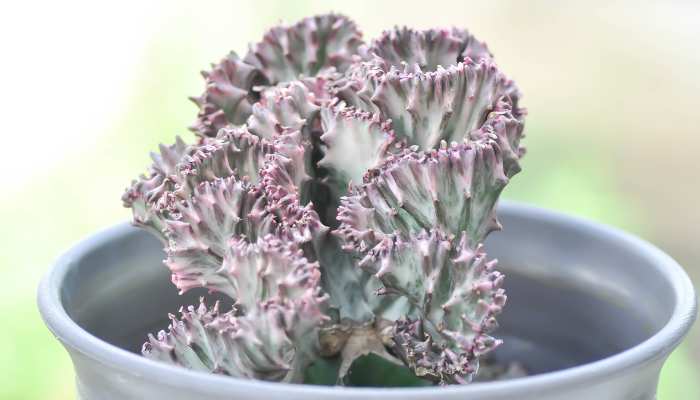
4. Euphorbia Milii (Crown of Thorns)
Euphorbia Milii, known as the Crown of Thorns, is a popular houseplant with colorful bracts that surround tiny flowers. Despite its delicate appearance, it’s a hardy plant that blooms year-round.
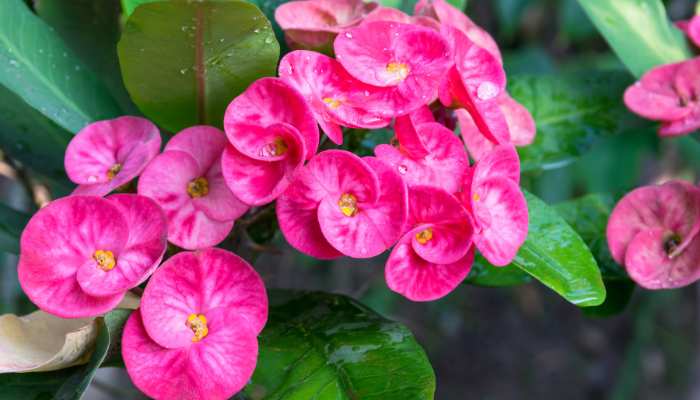
5. Euphorbia Pulcherrima (Poinsettia)
Euphorbia Pulcherrima, or Poinsettia, is a well-known plant during the holiday season, prized for its vibrant red bracts. Contrary to popular belief, the red part of the poinsettia isn’t its flower but rather its leaves.
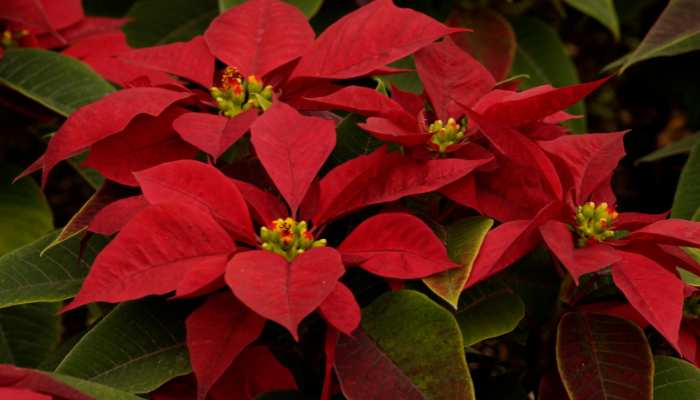
6. Euphorbia Tirucalli (Pencil Cactus)
Euphorbia Tirucalli, commonly called the Pencil Cactus, features slender, cylindrical stems that resemble pencils. It’s a low-maintenance plant that adds a touch of elegance to any space.
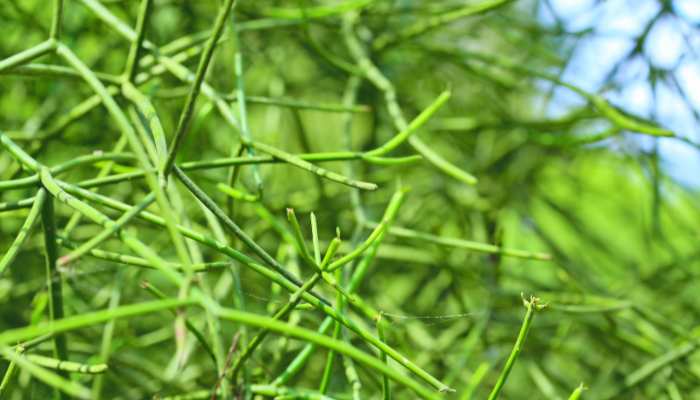
7. Euphorbia Horrida (African Milk Barrel)
Euphorbia Horrida, also known as the African Milk Barrel, is a spiny succulent with a distinctive barrel shape. Despite its intimidating appearance, it’s a fascinating plant to grow, especially for succulent enthusiasts.
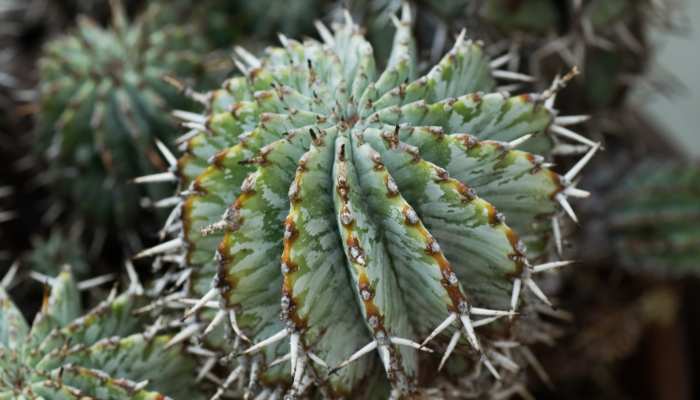
8. Euphorbia Obesa (Baseball Plant)
Euphorbia obesa, aptly named the Baseball Plant, is a spherical succulent that resembles a small green ball. Its unique shape and easy care make it a popular choice for both indoor and outdoor gardens.
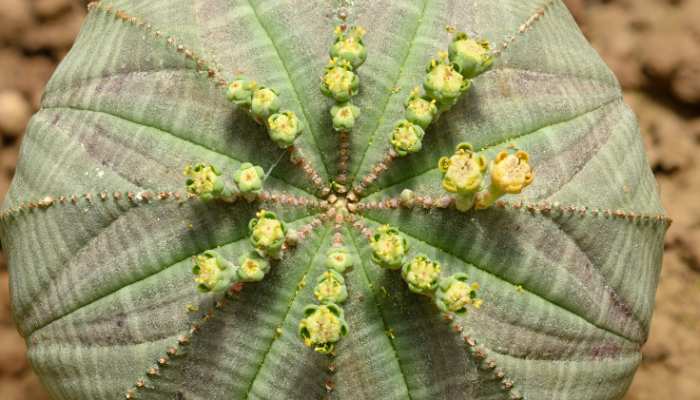
9. Euphorbia Ingens (Cow’s Horn)
Euphorbia Ingens, commonly known as Cow’s Horn, is a tree-like succulent with thick, ribbed stems that resemble the horns of a cow. It’s a striking plant that can become a focal point in any landscape.
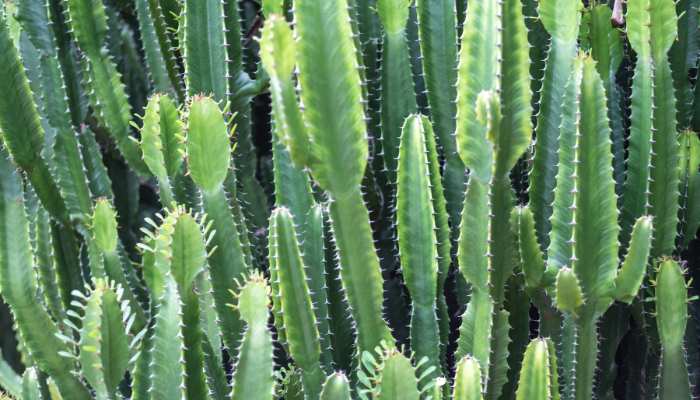
10. Euphorbia Caput-Medusae (Medusa’s Head)
Euphorbia Caput-Medusae, also called Medusa’s Head, is a fascinating succulent with snake-like stems that sprawl outward. Its unique appearance adds an element of intrigue to any succulent collection.
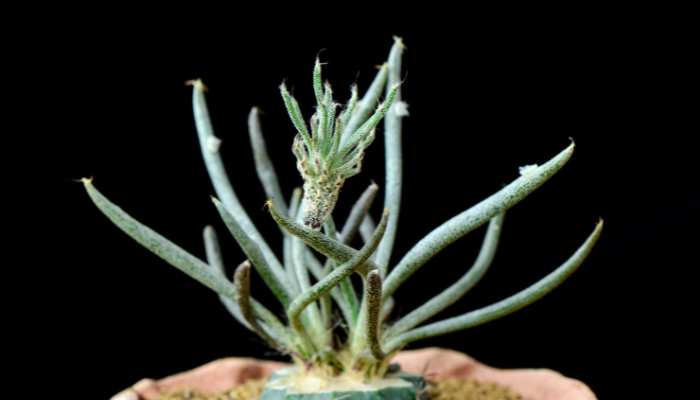
Conclusion
Euphorbia plants offer a wide range of options for gardeners and plant enthusiasts alike. From towering succulents to compact varieties, there’s a Euphorbia plant for every space and taste. With their unique shapes, colors, and textures, these plants can add interest and beauty to any indoor or outdoor environment.
FAQs About Euphorbia Plants
1. Are Euphorbia plants easy to care for?
Yes, most Euphorbia plants are relatively easy to care for, requiring minimal maintenance and attention.
2. Do Euphorbia plants require special soil?
Euphorbia plants thrive in well-draining soil, so it’s essential to use a cactus or succulent mix to ensure proper drainage.
3. Are Euphorbia plants toxic to pets?
Yes, many Euphorbia plants contain a milky sap that can be toxic if ingested by pets, so it’s essential to keep them out of reach.
4. How often should I water my Euphorbia plant?
Euphorbia plants have varying water needs depending on the species and environmental conditions. Generally, it’s best to allow the soil to dry out between waterings to prevent root rot.
5. Can Euphorbia plants tolerate full sun?
Most Euphorbia plants prefer bright, indirect light but can tolerate some direct sunlight, especially if acclimated gradually. However, prolonged exposure to intense sunlight can cause sunburn and damage the plant.
















1 thought on “Top 10 Common Varieties of Euphorbia Plants”